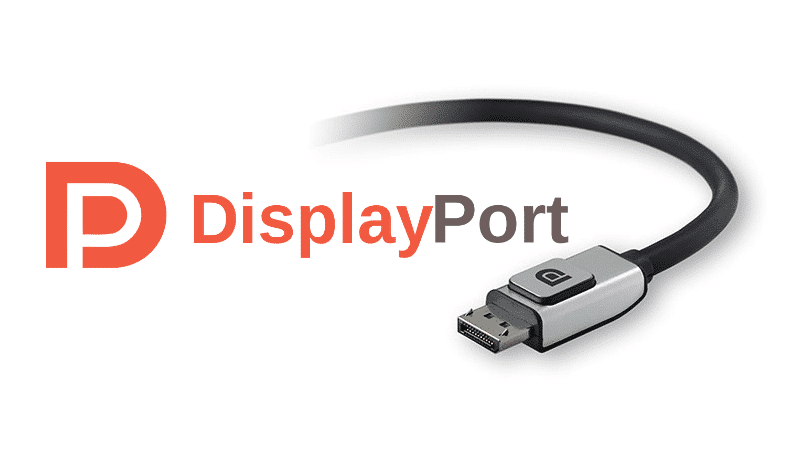DisplayPort 1.4 Standard to Support 8k Displays and USB Type-C
Alexander Neil / 9 years ago

It has been a long time since DisplayPort 1.4 was announced to be able to support 8k displays, now it is set to become a reality, with big changes to the video standard coming up its new standard. The standout feature being the ability to connect almost any device, from a smartphone to a laptop up to an 8k capable display via a USB Type-C port, announced by the Video Electronics Standards Association (VESA) on Tuesday.
While USB Type-C may still seem in its infancy, the standard is quickly gaining popularity and can be found on existing Nexus smartphones and MacBooks already. DisplayPort 1.4’s compatibility with USB Type-C will allow it to be easily adapted into a wider range of devices than previous versions of DisplayPort, which have often suffered from poor levels adoption outside of those after super-high-resolution monitors. DisplayPort isn’t the only video standard targeting USB Type-C compatibility either, with SuperMHL currently under development, which, unfortunately, would require new ports on computers and monitors to be adopted.
It seems farfetched that 4k and above video signal could be sent over the bandwidth available to USB, however, VESA has reportedly found a way to solve the issue of 8k video transfer. DisplayPort 1.4 contains a Display Stream Compression (DSC) technology which is designed to compress video transmission into smaller packets, which will make it possible for 8k video to be transferred in real-time via USB Type-C. As a bonus, VESA reports that the quality of the video is unaffected by the compression.
Over the years, DisplayPort, despite its low consumer popularity, has continued to adapt to new connector standards such as Thunderbolt, despite having its own connector. Current DisplayPort 1.3 technology can support 2 4k monitors simultaneously, which makes 1.4’s ability to support 8k a major step up. It is unclear when devices supporting this new standard will reach the market, with existing 4k monitors still prohibitively expensive for many and the majority unlikely to replace expensive devices and graphics cards in a hurry, while 8k displays are worth over $100,000. This new standard should definitely put DisplayPort ahead of the technology curve, though, so that when 8k makes it big, the standards to support it are there.



















